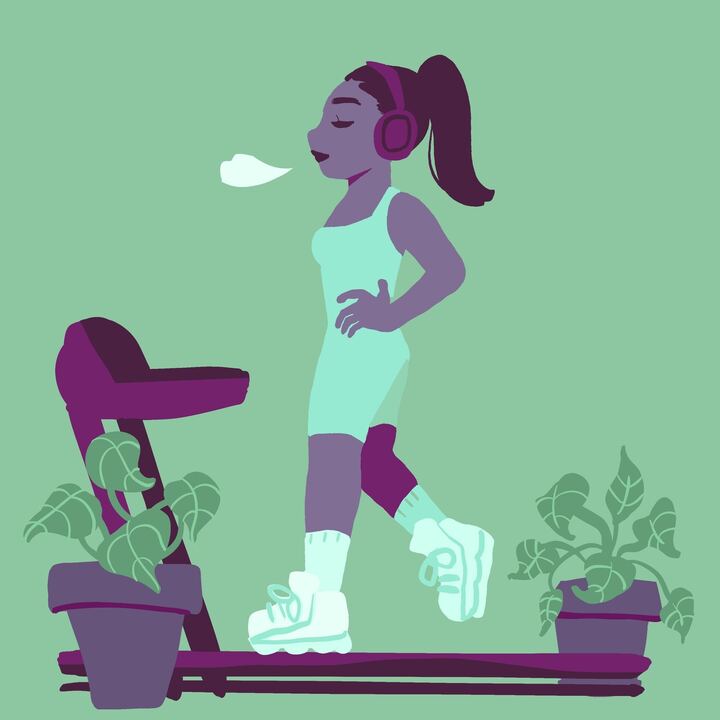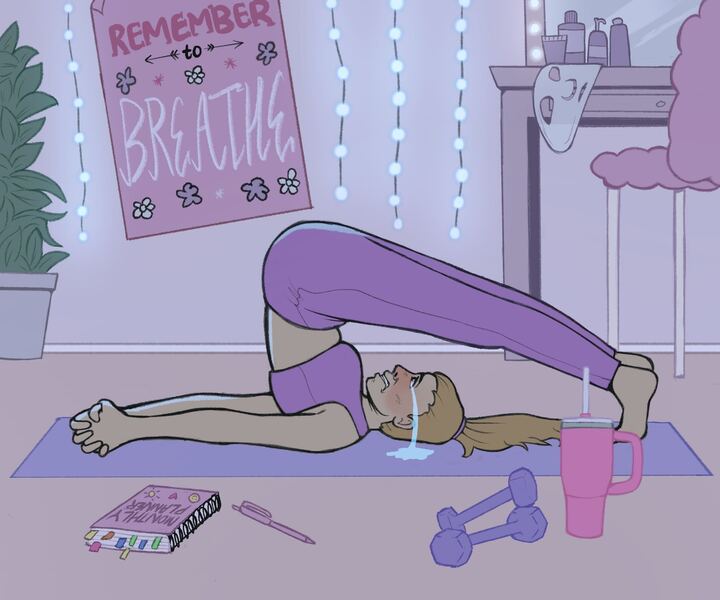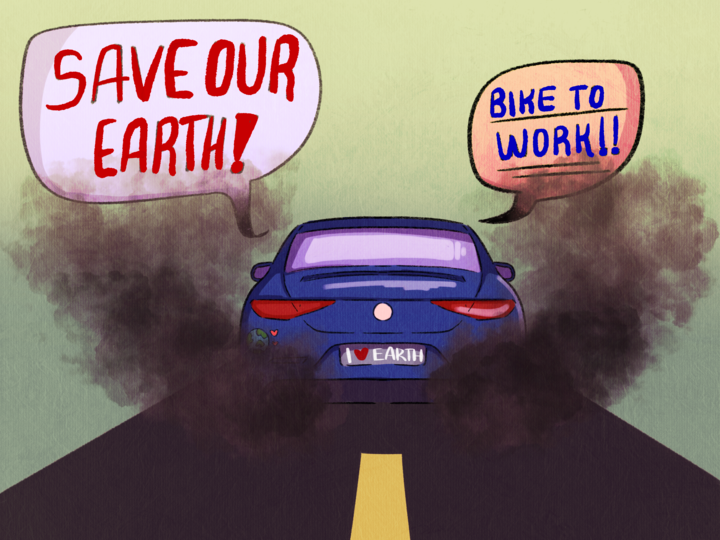Have you heard of a Ukrainian man named Slavik? He roamed the streets, apparently homeless, with impeccable style. He would change his outfit at least once a day. Since his clothing was nearly always stained, ripped or worn out, it was assumed that he sourced everything he wore from the trash or donation bins.
In 2011, photographer Yurko Dyachyshyn took notice of Slavik and began to take pictures of him on a regular basis. Ultimately, this turned into a long-term project, now titled “Slavik’s Fashion.” Dyachyshyn took photos of him through 2013, when Slavik suddenly disappeared. No matter though. Slavik was already famous, and articles about him were littered across the internet. Someone even runs an Instagram account on his behalf (@slaviksfashion) with over 28,000 followers.
Now, in part due to the publicity provided by Dyachyshyn’s photography project, Slavik’s style has become a source of inspiration in the world of high fashion.
One would be remiss to think that Slavik was the first poor or homeless individual to influence popular and commercial style. In fact, a quick search of the internet will reveal countless other examples of factory-made, brand-new, “pre-worn” clothing and accessories, available with both cheaper and more expensive price tags. Brands like Magnolia Pearl, who charge thousands of dollars for rag-like garments, even publicly express that they pull inspiration from “hobos”.
In our battle to always look like the coolest, chillest, most care-free, unique person in the room, we have become impervious to where the inspiration for what we wear actually comes from.
My first instinct is to be disgusted. I find it despicable how the upper classes of society aestheticize hardship in an effort to disguise some modicum of our own privilege. Many of us lead quite fortunate lives but still choose to spend hundreds or even thousands of dollars on cosplaying as poor. That money could easily be spent more meaningfully.
My second instinct is to see the appeal of aged and worn-out clothing. Hardship has its own kind of terrible beauty, and surviving it requires immense strength. Just as people develop the scars and wrinkles of age, so too can clothing bear a physical appearance of wisdom and experience. Even at its best though, new clothing that is intended to look old can only appear to have the marks of age, concealing its true, fabricated nature.
In this way, clothing has become a means of projection; we present ourselves to the world as we desire to be – rather than as we truly are. This fear of our real selves is what I believe drives so much of our consumption.
When it comes to poverty porn and the “distressed” clothing produced by the fast fashion industry, we are using clothes to seem as though we have either faced more hardship than we truly have or to appear more experienced than we actually are. A faded pair of jeans, threadbare and torn, might simply convey that you have owned them for a long time, but could more complexly imply that you wore those jeans for years on the job as a construction worker – or that you wore them every day of the summer you went backpacking around Europe.
In buying factory-distressed jeans, we falsely embrace one of these stories as our own, crafting a meticulous facade to hide behind. It’s really like drawing wrinkles on your face. Why would anybody choose the physical appearance of age without the actual experience and knowledge that comes with it?
Here comes the zinger: People who live in poverty don’t have that choice. Their clothes reflect their own very real, lived experiences. They stretch their resources as far as they will go, not because they want to, but because they need to. As a byproduct, people who lead less financially privileged lifestyles also generally practice more sustainable patterns of consumption – even if those patterns are born out of necessity.
While it may be poverty appropriation to spend money on brand-new old-looking clothing in an attempt to develop our own “unique” style, it’s decidedly not poverty appropriation to choose to reduce our consumption, just as so many living in poverty are forced to do.
As it so happens, the path to embracing these ways of decreased consumption and waste is also one which leads us back to honesty and authenticity in fashion.
When you wear what you already own, whether it was thrifted, bought new or otherwise obtained, then what you wear should (and will, whether you like it or not) reflect who you are, revealing to the world some of your personal, completely unique, lived experiences. If the clothing that you have conveys your youth and lack of experience, then so be it! There is value brought to the world by youth, just as there is value brought by age. I encourage you to embrace where you are in life and accept that you have not yet experienced everything.
Go home and pull a pair of jeans out of your closet. Wear them every day. One day you’ll get bike grease on them that won’t ever wash out. Another, they’ll get caught on a spiky plant and tear. Maybe you’ll wear them on the first day working your dream job or on your first date with your future partner. Eventually, they’ll get old and wrinkled.
But in ten years, when you wear those jeans, the rips, patches, struggles and triumphs of your life will appear palpably in the fabric, and you will be seen by the world just as you are: yourself.
Follow the Daily Wildcat on Instagram and Twitter/X

Fiona Sievert is an undergraduate at the University of Arizona double majoring in Anthropology and East Asian Studies with a minor in German Studies. She loves languages, wearing funky outfits, and (occasionally) being a dirtbag in the great outdoors!









